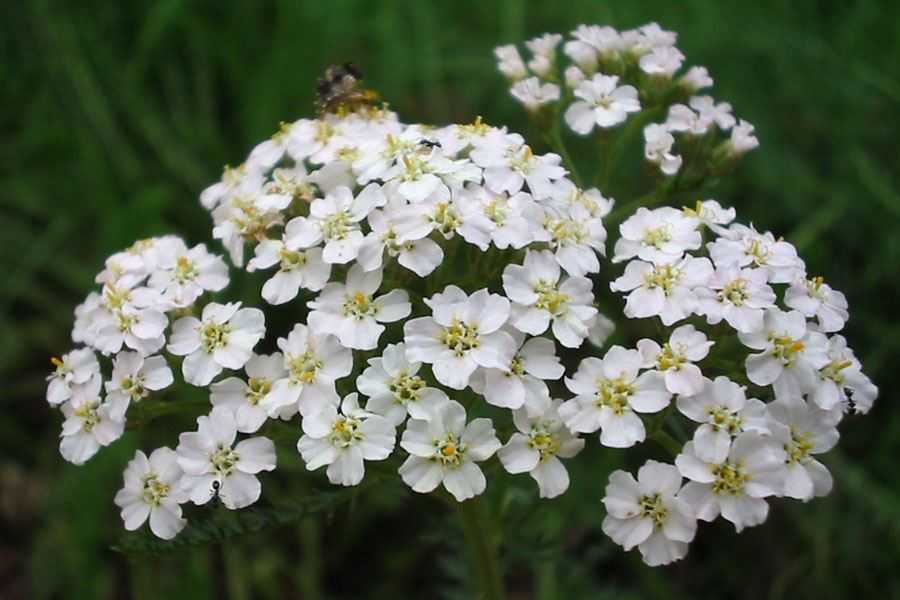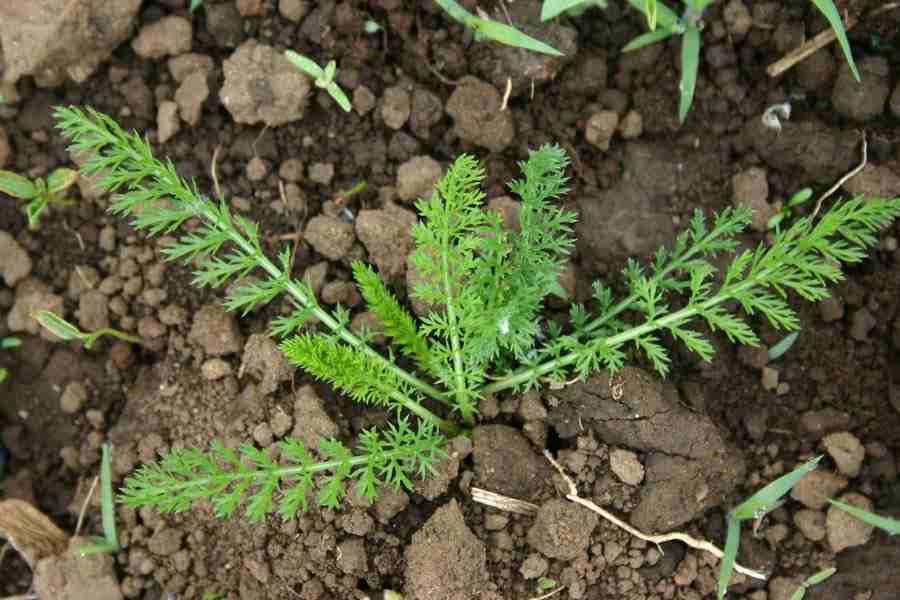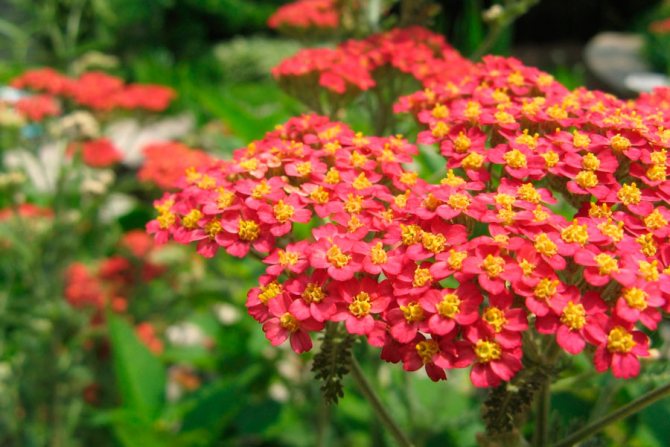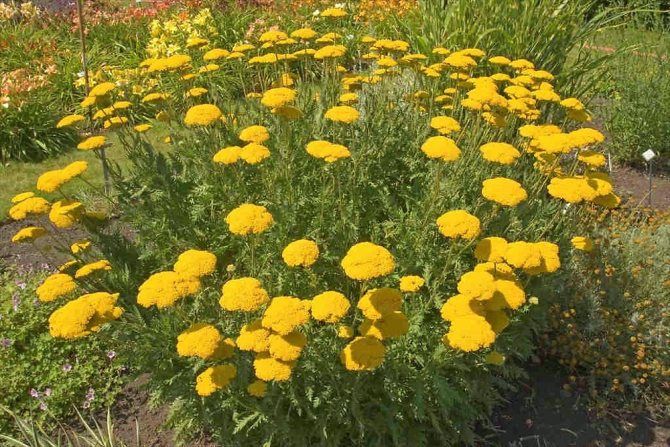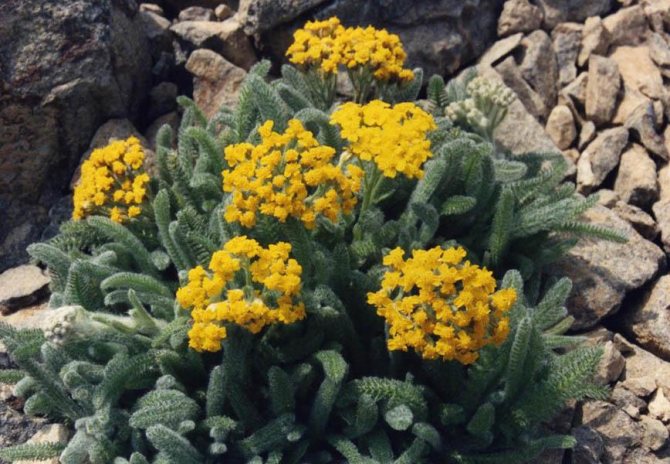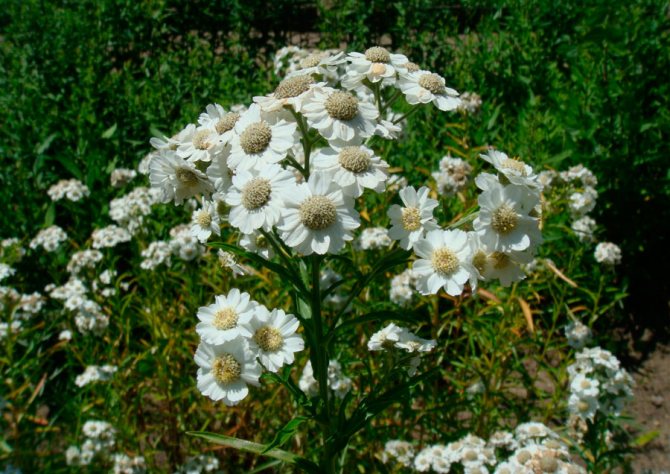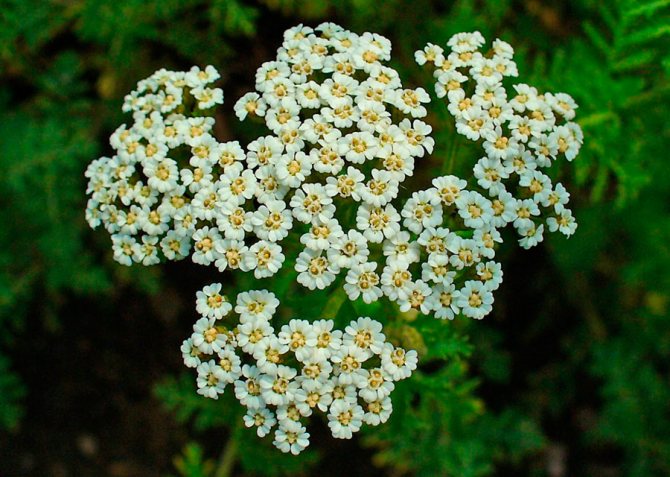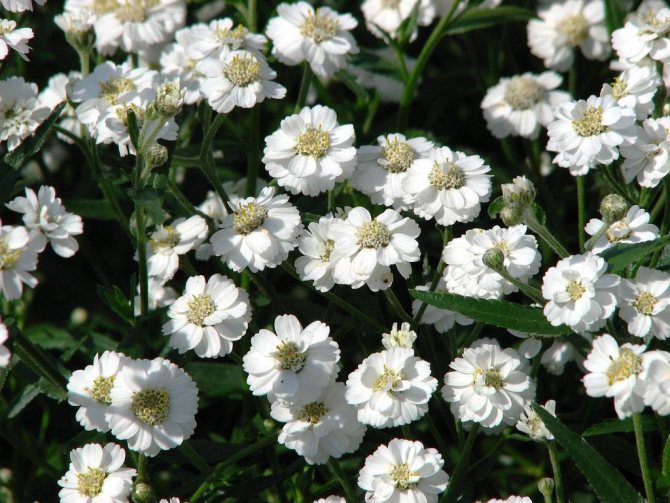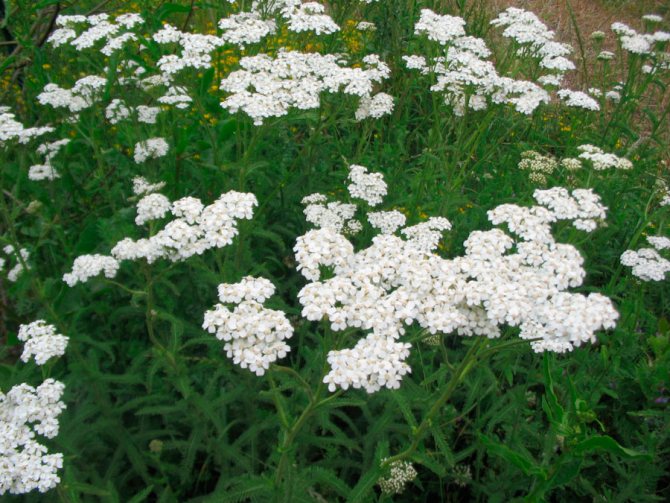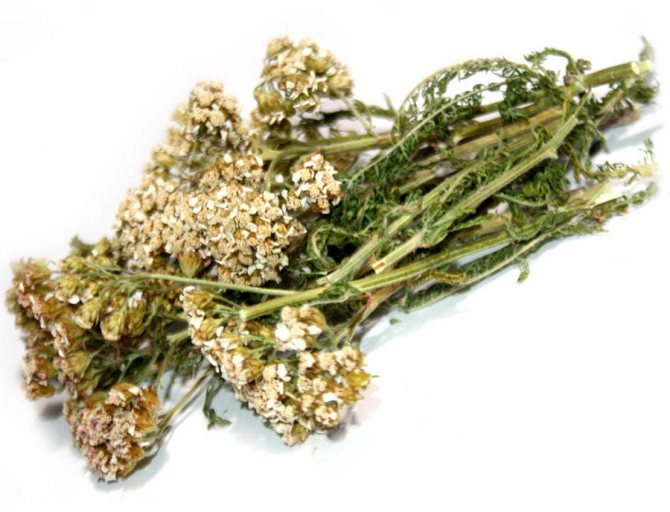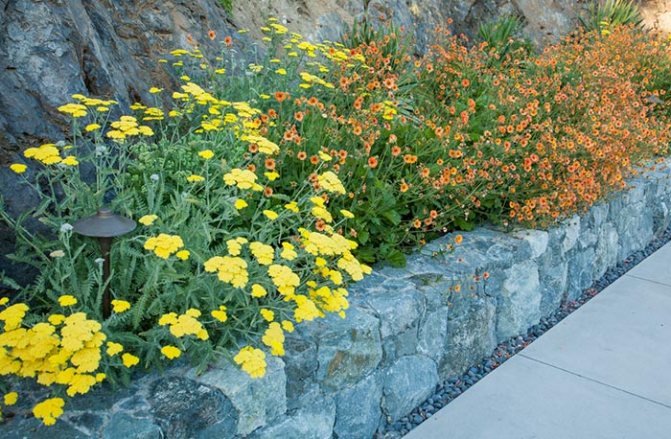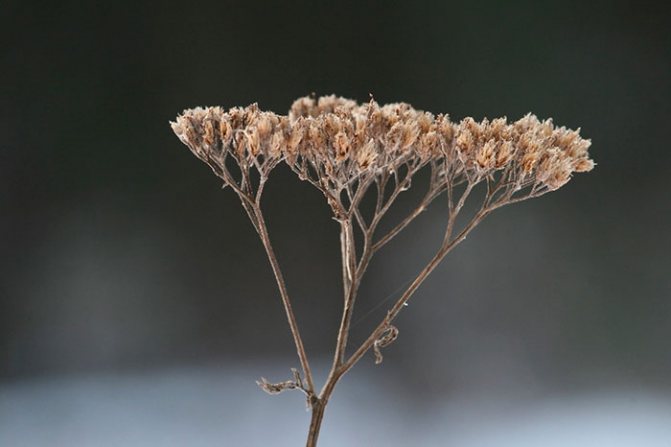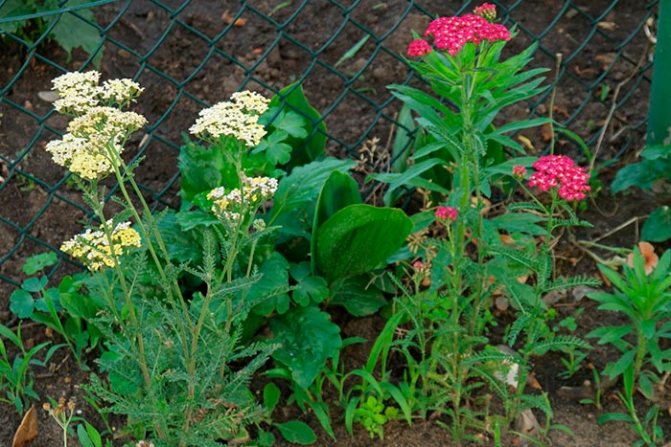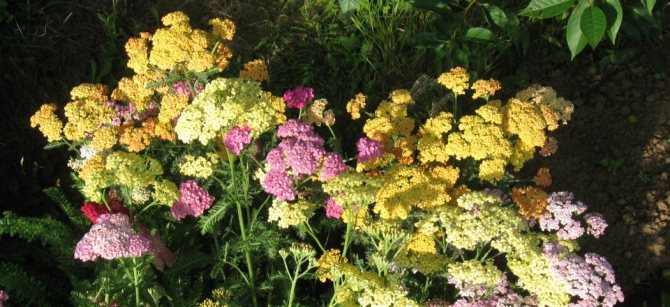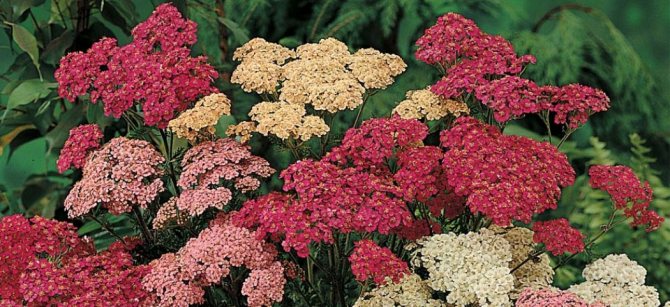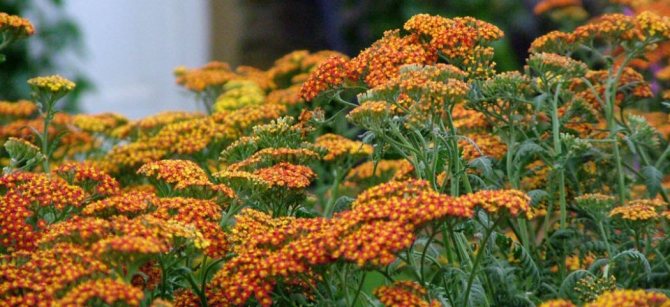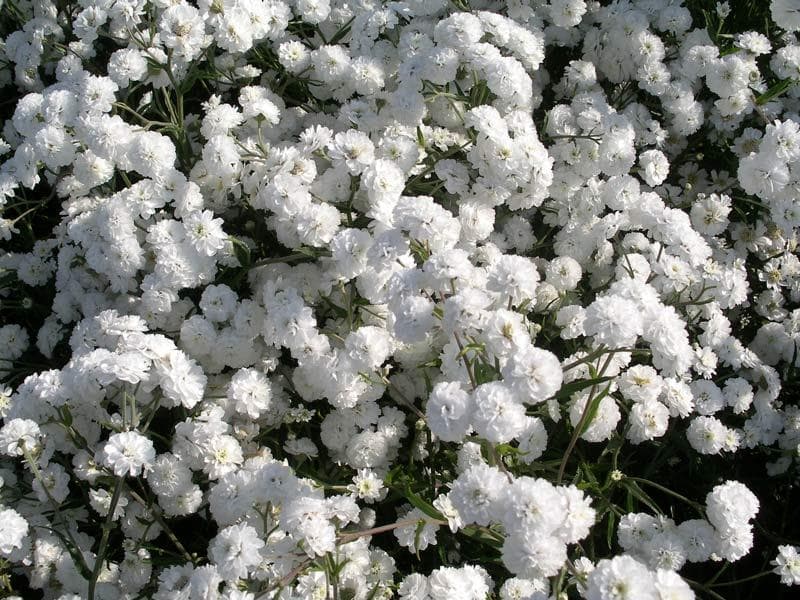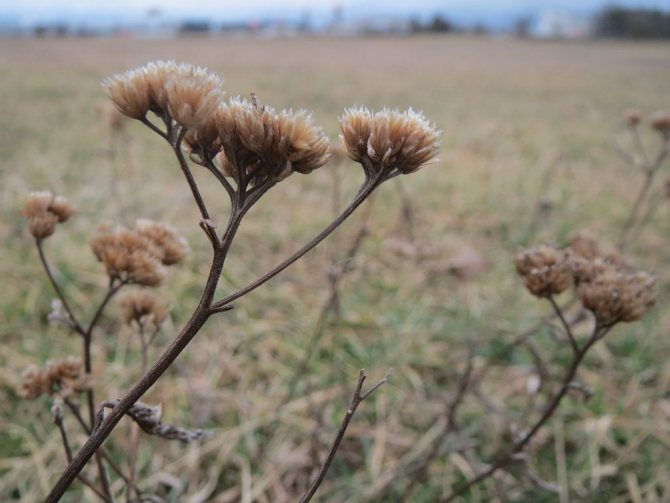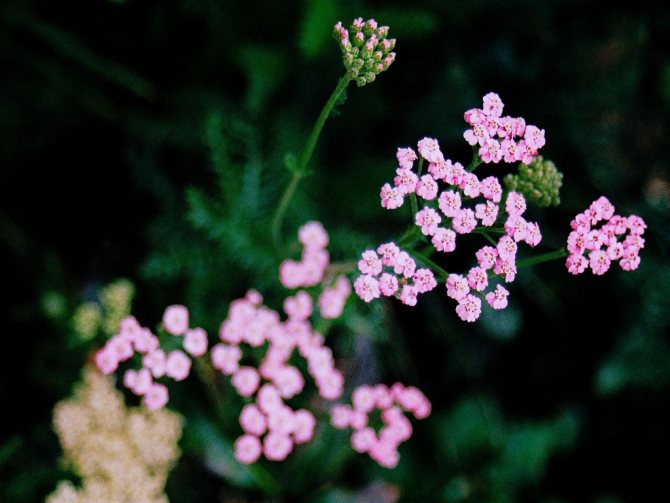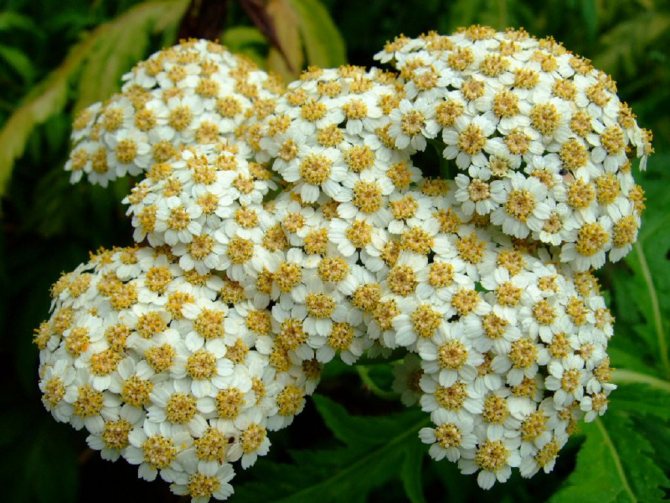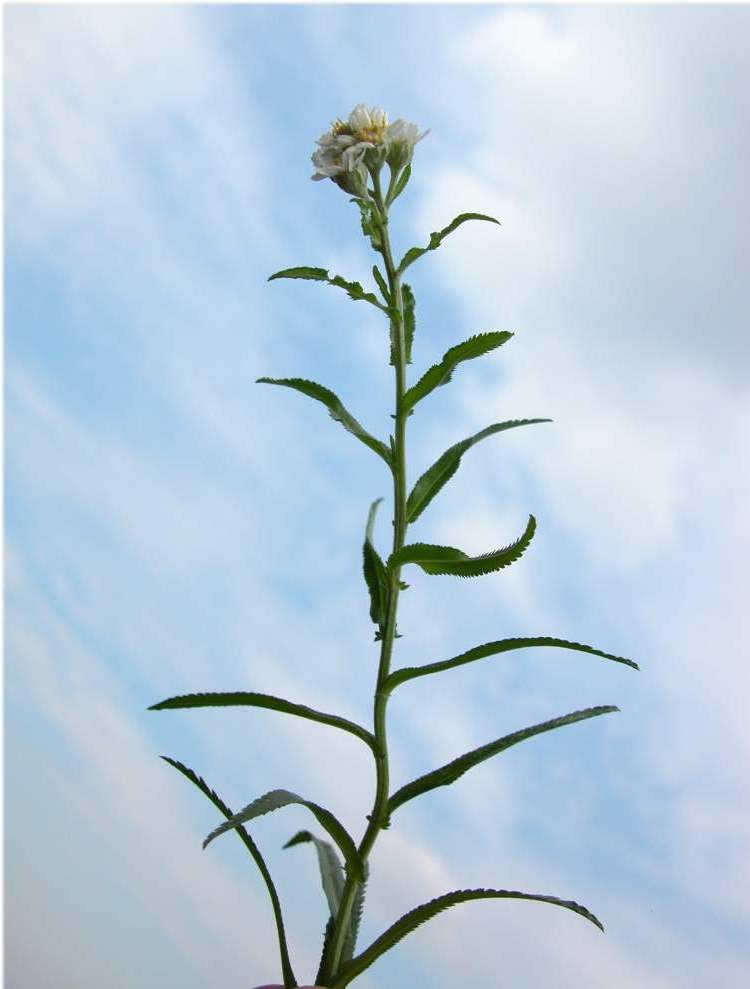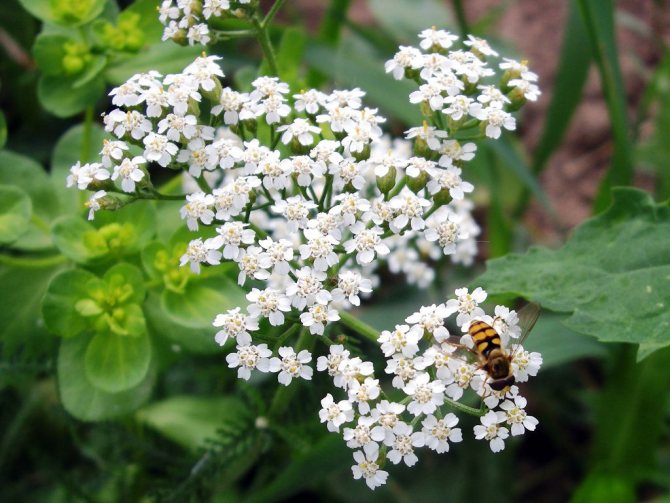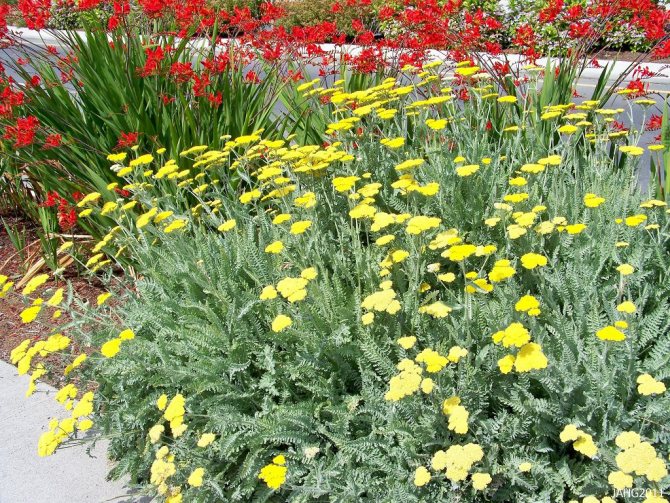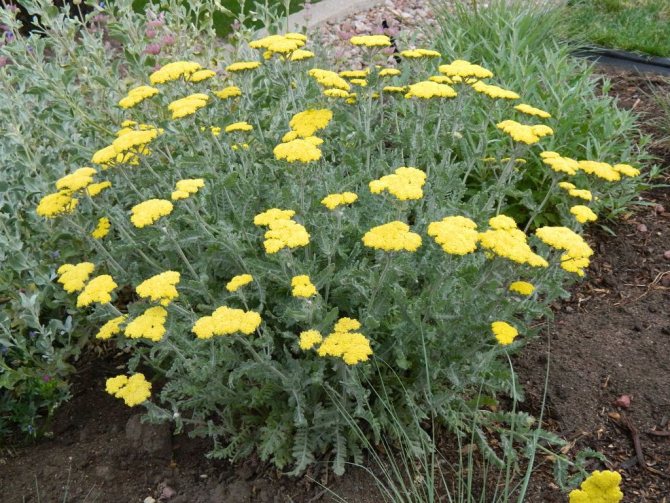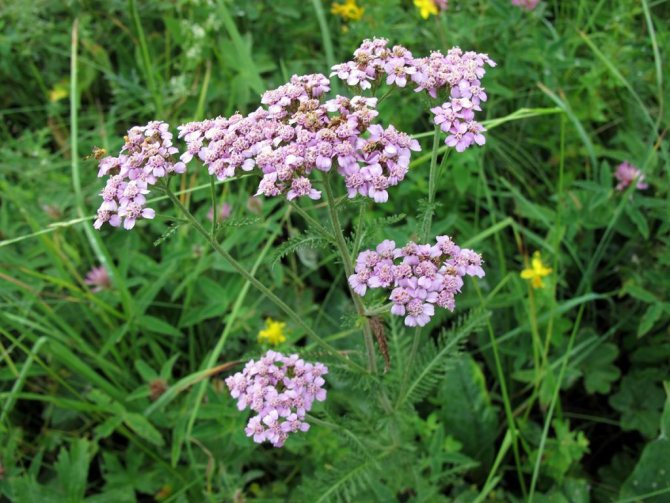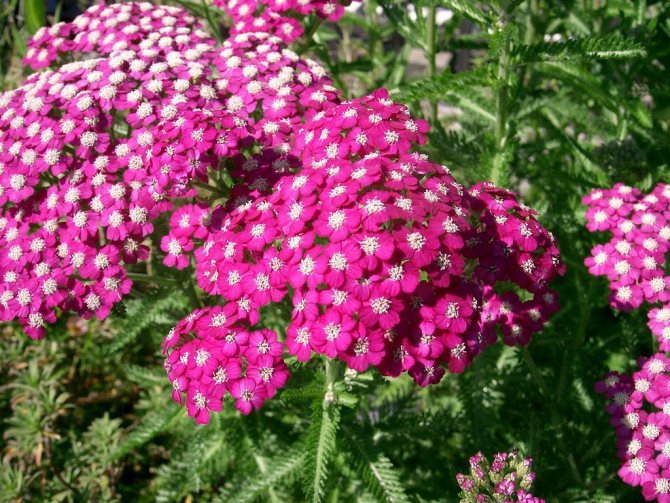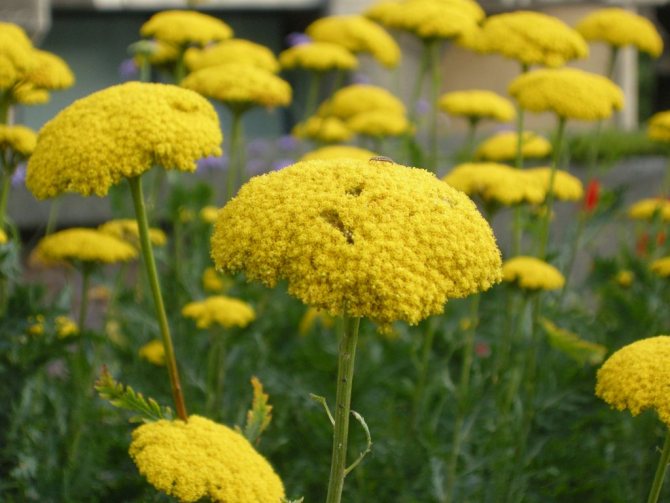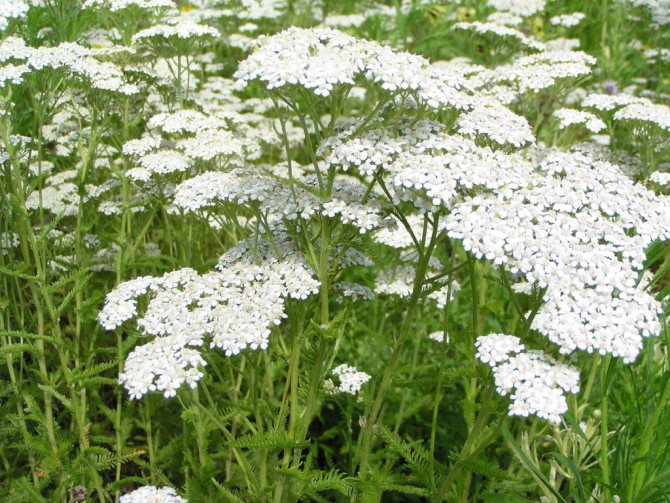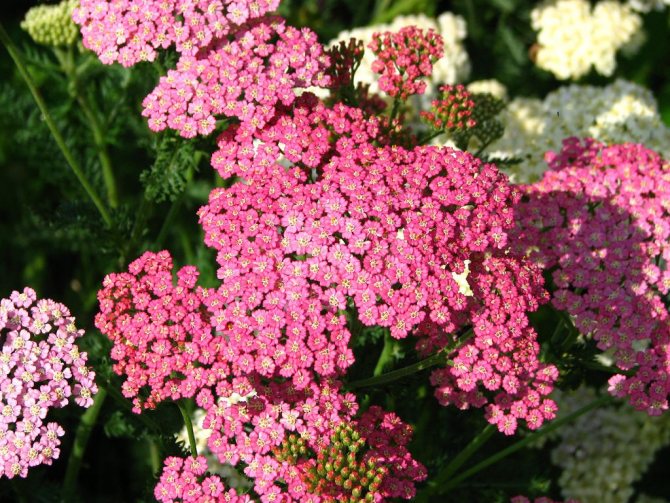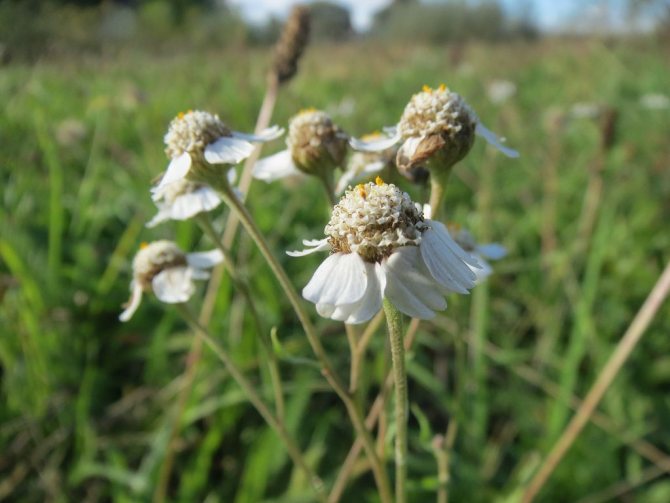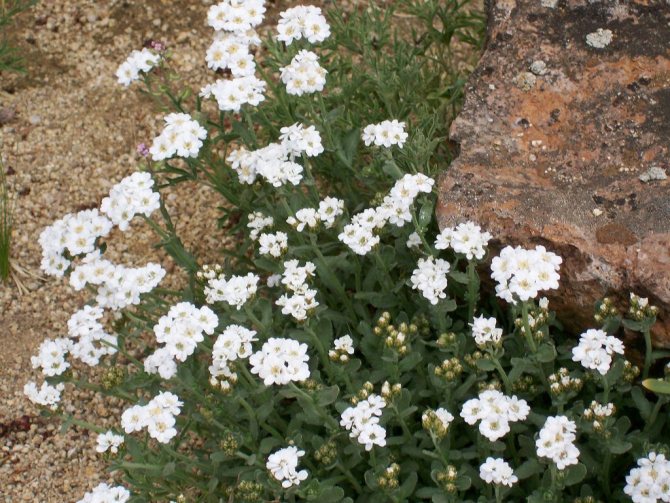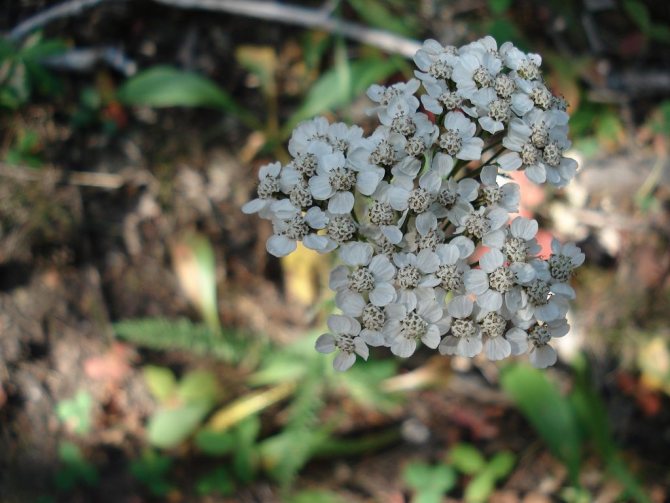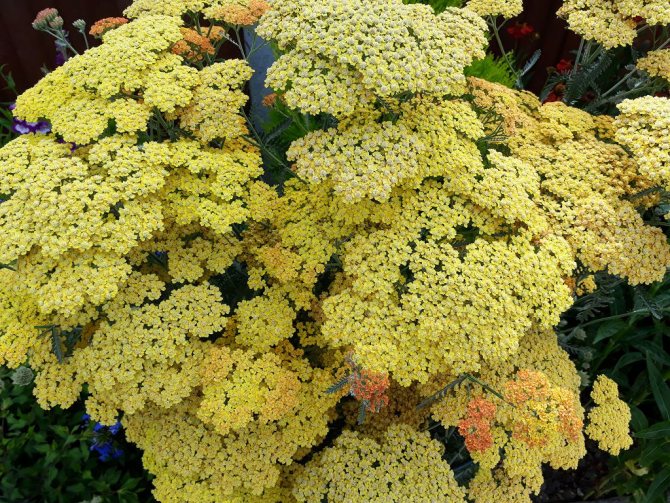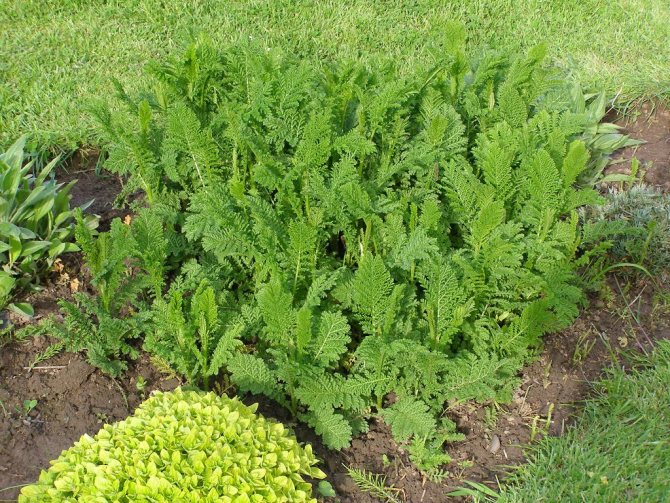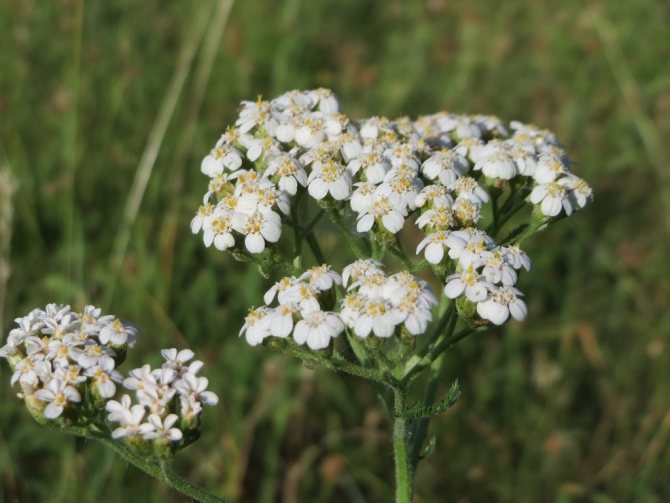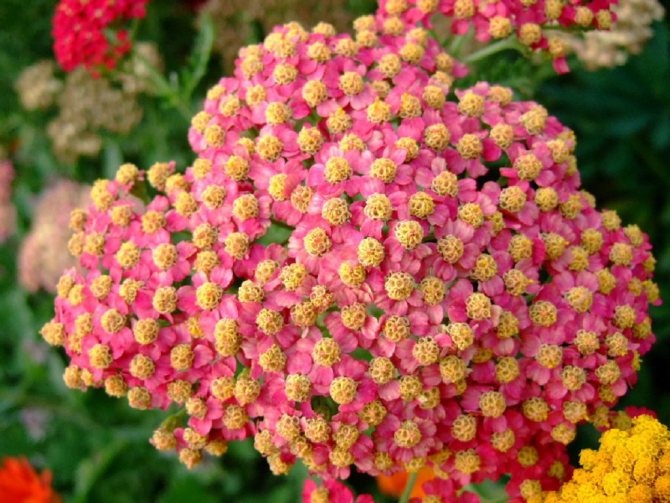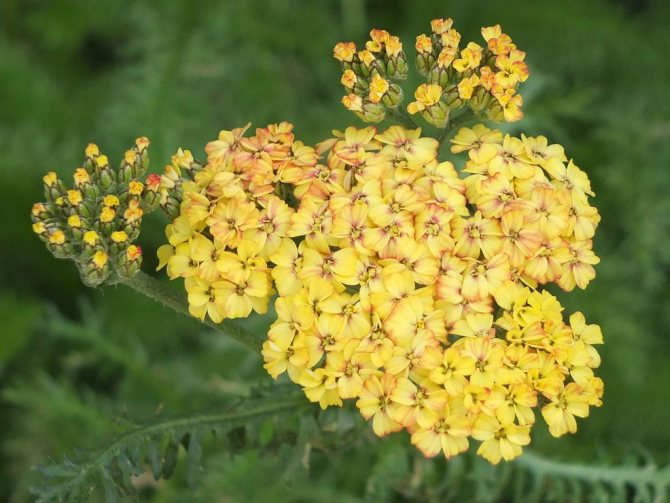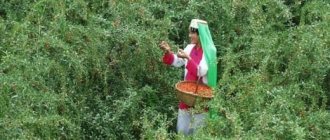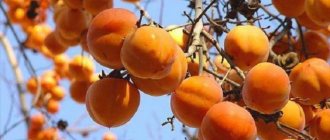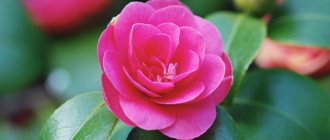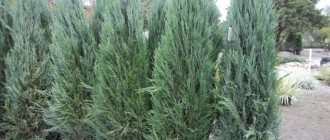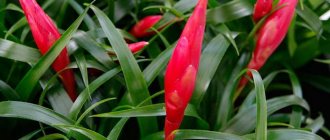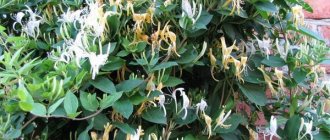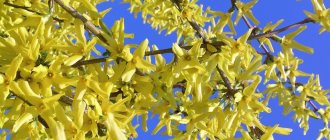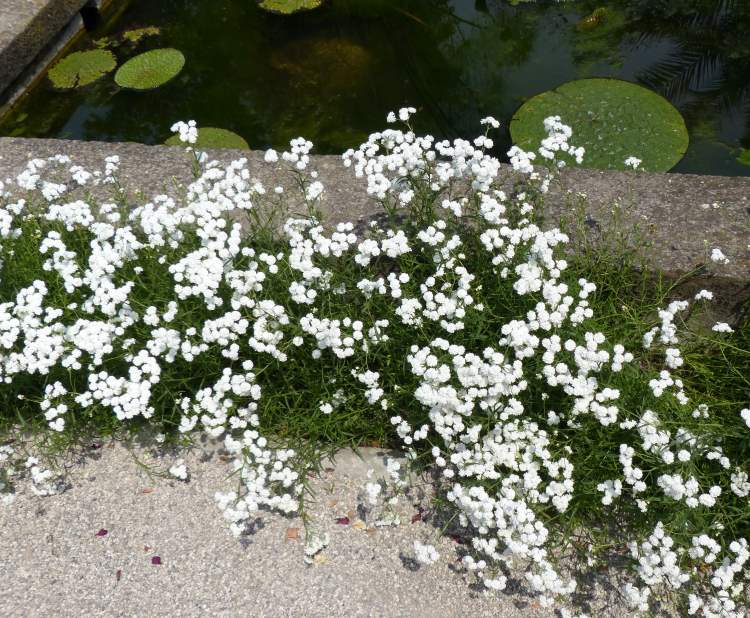
Ptarmica yarrow (Latin name Achilléa ptármica) is a type of ornamental yarrow cultivated since the 16th century. The most famous of the popular names - sneezing herb and common sneezer - are largely due to the ability of dried powder from the leaves and baskets of ptarmik to cause a strong sneezing reflex. The homeland of this perennial herb with a creeping rhizome can be considered the European part of Russia and Central Europe - from the Urals to Northern Italy and Southern Norway.
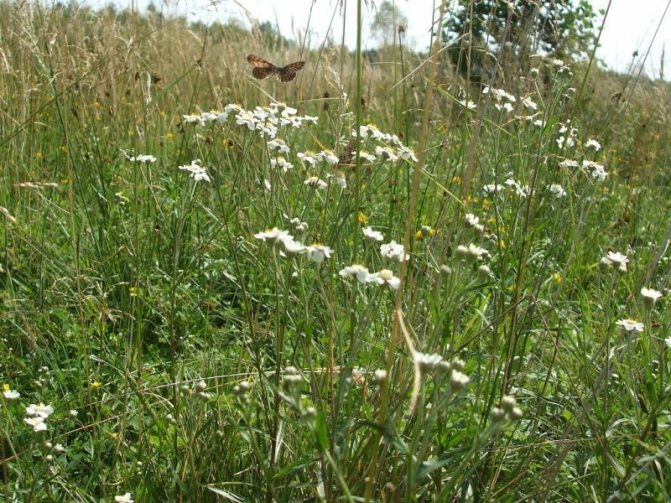

Despite being an ornamental variety, Achilléa ptármica is also a medicinal plant. True, its medicinal properties have not been fully studied, but its use in folk medicine has a long tradition dating back centuries. Both the aerial part and the root are suitable as raw materials for the preparation of medicinal products. The upper, aboveground, part is harvested during flowering, and the rhizome is dug up in late autumn.
Garden yarrow
Yarrow (Achillea), from the Asteraceae family, has been known for its remarkable medicinal properties for centuries. However, as a result of selection, excellent hybrids and varieties were obtained, which became an adornment of garden design.
The leaves of the plant are lanceolate or feathery, and the dense inflorescences of tiny flowers located at the tops of the peduncles differ from their wild relatives in their large size and bright colorful palette. You can admire the flowering from mid-summer until the first autumn frosts. The genus of culture has about 120 species, but only a few of them have become widespread in landscape design.
Yarrow (A. millefolium), namely, its most popular in gardening, numerous hybrids and varieties. Inflorescences of this species are distinguished by a varied shade of inflorescences, ranging from yellow, pink and ending with purple.
Let's summarize


- Yarrow is a large genus, numbering about 100 species (including almost 30 cultural ones). Many popular species come in varieties with different colors of flowers.
- You can plant such a flower in any soil. Depending on the variety purchased, choose either a wet partial shade or a brightly lit flower bed.
- Taking care of ptarmica and other yarrows is as easy as shelling pears: sometimes you can feed and water the plant, but you don't need to cover it at all for the winter. The only thing: if the flowers give lateral shoots, it should be weeded out, otherwise the yarrow will behave like a weed, occupying the territory intended for other crops.
- This plant blooms in summer, mainly in July.
If you chose an ordinary yarrow, in addition to the decorative properties of the plant, you will receive a pleasant bonus - with the help of these flowers you can heal. The herb helps with ulcers, gastritis and other very unpleasant diseases. In detail about how to collect a plant, how to prepare a decoction and what course of application, this video will tell:
The use of decorative yarrow in landscape design. Care and landing rules
Sometimes you can find an unusual light lilac color of flowers. Plant height from 30 to 70 cm.
Millefolium cultivars
• "Cassis" intense cherry color. It goes well with delicate yellow Escholzia flowers, blue lavender and golden rudbeckia.
• "Lilac beauty" of a delicate lilac-violet shade.
• "Red Velvet" and "Red Beauty" resemble a ruby necklace.
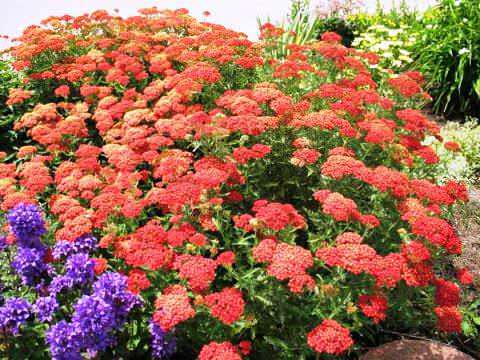

• Terracotta is originally terracotta in color, but becomes creamy over time.
• "Pink Grapefruit" intense pink color of inflorescences.
• "Credo" is a beige variety.
• "Cerise Queen" - light cherry flowers.
• "Moonshine" is a bright sunny yellow variety of this species, which creates a spectacular composition with catnip, lilac lavender, purple sage.
Yarrow meadowsweet (A. Filipendulina). Forms compact vigorous shrubs, the height of which is about 80 cm. Its dark-gray leaves create a spectacular contrast with large yellow inflorescences. Good for mixborders.
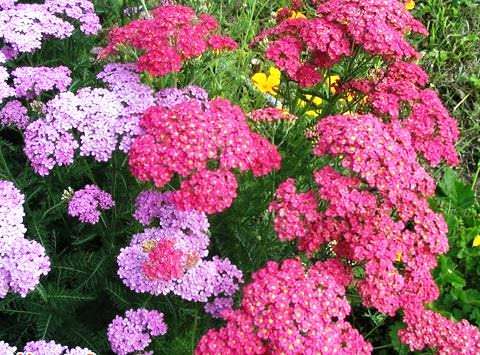

Agerat-leaved garden yarrow (A. ageratifolia). It differs from its counterparts in low growth - only 15-20 cm, therefore it is grown as an ideal ground cover plant. Growing up, it forms low small clumps with fragrant silvery-gray foliage and snow-white small flowers. Flowering begins in early June. Drought tolerance allows this species to be used to decorate rocky slopes and gravel gardens.
Siberian yarrow (A. Camtschatica) creates compact blocks about 60 cm high. In nurseries, you can find its varietal form "Love Parade" with delicate pale pink flowers.
Care rules
In addition to high decorative qualities, the garden yarrow is not whimsical at all. It can tolerate almost any type of soil, but grows best on sandy, barren and dry soils with good water permeability. Perfectly adapted to periods of drought, but it does not tolerate excess water.
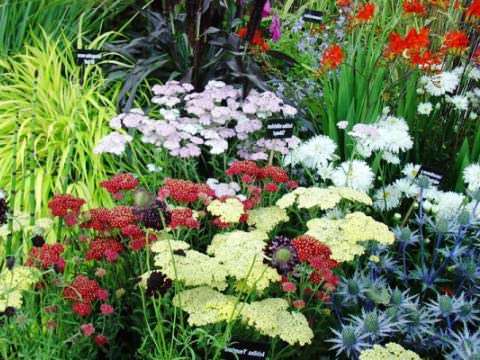

Choose a sunny place for planting, leaving enough space around, as the bush grows over time. It does not require shelter for the winter and perfectly tolerates frosty winters, is not susceptible to diseases and does not need feeding. Pruning withered inflorescences prolongs the flowering of the plantings. Last year's dried shoots are removed in early spring.
Characteristic features of the structure of the Pearl mussel
A perennial ornamental plant with medium-sized flowers, with proper care, pleases us with an abundance of inflorescences that bloom in the form of unpolished pearls that cover the entire flower bed in bulk. Take a closer look, in the photo you will see:
Attention! The medicinal properties of yarrow are not fully understood, scientific studies do not confirm its effects on the human body. Be careful about traditional medicines prepared on the basis of the use of pearl mussels.
Application in landscape design
A perennial will adorn any naturalistic composition of plants with similar requirements. It looks great as a single group against the background of a green lawn and will be an excellent decoration for a rock garden. Yarrow is used to decorate a Mediterranean-style garden. It looks good in a company with any cereals and dried flowers, hyssop, milkweed, echinacea, monarda, phlox, bluehead. The ground cover species is planted next to sedum, ayuga, antennae, rejuvenated.
Did you like the article? Vote! 11111 Rating 4.67
general information
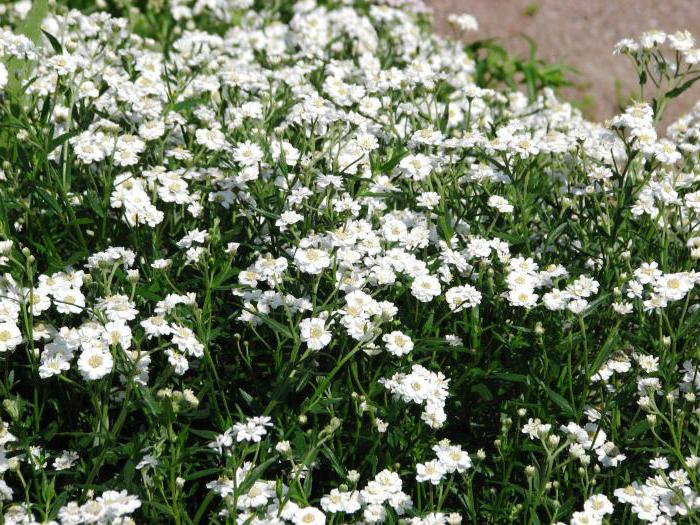

So, yarrow ptarmica, like other species of this plant, is most often found in the field, mountains, in the forest belt, steppe and meadow zones. Due to the fact that the flower is quite unpretentious, it can grow and multiply in a wide variety of conditions, which is probably why it can be seen in almost every garden plot. In addition to the fact that the plant grows wild in its natural environment and is grown in private plots, yarrow is also used by public organizations to decorate recreation areas, parks and squares.
Garden yarrow
Yarrow (Achillea) is a well-known medicinal plant from the Asteraceae family.It is found in meadows and on forest edges everywhere in temperate zones and in mountainous regions of the northern hemisphere, includes more than a hundred species of herbaceous perennials.
The most common species in our country is the common yarrow (Achillea millefolium). This is a perennial herb with a creeping rhizome and openwork leaves, dissected into many parts. It grows in fields and meadows, on wastelands, along roads, in sunny forest glades.
Under natural conditions, this species reaches a height of 30-70 cm. Its stems are thin, strong, erect. The leaves are elongated, lanceolate in outline, pinnately dissected, as if divided into thousands of shares, which is why the plant is called yarrow. Basal leaves are large, form a small rosette, stem leaves are small, sessile. All parts of the plant have a strong wormwood aroma.
Flowers-baskets are collected in large corymbose inflorescences. The color of the flower in wild species is white or pale lilac. In garden yarrows, it is very diverse - from white to red, burgundy, purple. Blooms from May to October.
They love this plant for its unpretentiousness, frost resistance, drought resistance, the ability to easily withstand drought.
It propagates without problems by dividing the rhizome. Another interesting feature was noticed - the yarrow grows and can drown out other flowers, but if there is enough space for it, it has a beneficial effect on the surrounding plants, protects them from pests.
Botanical characteristics
Yarrow (Achillea) is a perennial herb with a powerful, well-developed rhizome. It consists of several branched rods and simultaneously develops in the vertical and horizontal planes. Stems are weakly branched from the base. They gradually lignify closer to the root collar. The height of the shoots is 15-50 cm (sometimes up to 1 m). Most often, the shoots grow vertically, only sometimes they are bent.
The foliage on the yarrow grows densely, it is located next. Petiole leaves have pinnately dissected and curved plates, painted in bright green or gray-green. The edges of the small lobes are serrated.
In the middle of summer, the top of the stem lengthens. On it the corymbose inflorescence blooms, consisting of many small baskets. Each basket has a lush yellow-gray center of tubular bisexual flowers and is framed by a row of white or pinkish reed flowers. The diameter of the basket is 3-20 mm.
Flowers are pollinated by insects and wind. After that, achenes without tuft ripen with small oblong seeds. Germination lasts up to 4 years.
Medicinal properties of yarrow
Popular names for yarrow are "tree", "soldier's grass", "cut-grass" and in almost all Slavic languages there is another common name - "bloodstone", indicating that the plant has hemostatic properties and has long been used in folk medicine. Powder from leaves and stems was sprinkled on wounds, the broth was taken orally.
Both traditional medicine and the official one consider yarrow one of the most valuable medicinal plants with bactericidal, hemostatic, wound healing, choleretic properties. Yarrow tea is beneficial for improving metabolism and boosting immunity.
Traditional medicine recipes
For treatment, not only pre-prepared and dried parts of the plant are used. Achilléa ptármica can also be consumed fresh. So pieces of fresh root are chewed to relieve toothache, and the juice from the leaves is a good antiseptic, while it also helps blood clotting and stop bleeding. Dry medicinal raw materials are used for the preparation of various preparations, both independently and together with other medicinal herbs.
Infusion
It is prepared from dried aerial parts of a plant (leaves, flowers). For 1 glass of boiling water, take about 1 teaspoon (5-6 g) of a sneezer.For a full-fledged infusion, the glass is covered with a plastic lid, saucer or towel. After 2 hours, the medicine is ready for use. Take an infusion of yarrow ptarmik before meals, 1-2 tablespoons. The remedy is very effective in the treatment of tuberculosis. In addition, it improves metabolism, reduces appetite and sugar levels, helps to eliminate toxins from the body and restore microflora in the intestines.
Decoction
For its preparation, they take raw materials obtained from the roots of the yarrow ptarmik. For 1 teaspoon of dried crushed roots, you will need 1 cup (200 ml) of hot water. For half an hour, the roots, bathed in hot water, are subjected to a slow, low-intensity boil over low heat. After the broth is removed from the heat, it should be infused for about 1 hour.
The scope of application of the broth is quite wide: the fight against constipation, excess weight, toothache. In case of colds, it can be used to gargle, and it also stimulates perspiration.
To relieve pain in diseases of the joints, with fractures, muscle pain will allow taking baths with the addition of a decoction of a sneezer: 4 tbsp. tablespoons of herbs per 1 liter of water. Cook for 20 minutes. It is possible to relieve pain from certain parts of the body not only with the help of baths, but also by applying a compress from a decoction to the sore spot.
Tincture
To prepare the medicine, take dried sneeze grass and mix it with vodka in a 1: 2 ratio. The infusion process takes 2 weeks. The resulting drug, from 10 to 40 drops, is taken orally or used to rinse the gums.
Dust from dry grass leaves
To get rid of headaches, you can use the dried and crushed leaves of ptarmik as a snuff mixture, inhaling it in each nostril in turn. Repeat the procedure twice.
The use of yarrow in landscape design
More than 20 varieties of yarrow are known in the culture. Some of them are beautifully flowering, others have large openwork leaves, they are used as ground cover. Garden plants differ from their wild relatives in large and dense inflorescences, various colors of flowers.
Yarrow Sunny Seduction
Yarrow Strawberry Seduction
Yarrow New vintage rose
Yarrow Safran
Yarrow is suitable for growing in flower beds, for cutting, and it is also a dried flower and is well suited for making winter dry bouquets in a company with Kermek and Gomfrena. For a winter bouquet, well-flowered, strong peduncles 20-25 cm long are cut off, dried in the shade, in bunches, with the heads of the inflorescences down.
For pharmacy and natural-style gardens, yarrow is considered one of the best plants. It can be both a background plant for bright flowers of calendula, poppies, escholzia or rudbeckia, or one of the components of a mixborder.
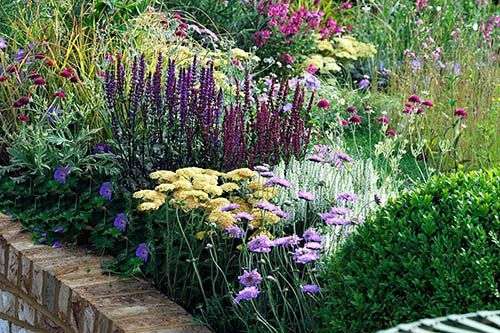

Groups of plants of different shades look good, delicate pastel colors are perfectly combined with each other.
Achillea ageratifolia grows up to 15 cm high, has silvery gray leaves and is grown as a drought-resistant groundcover. It is an excellent plant for rockeries and rocky slopes.
Yarrow meadowsweet (Achillea filipendulina) forms powerful compact bushes up to 80 cm high, its leaves are bluish-green, inflorescences are dense, large, consisting of yellow flowers. This look works well for mixborders.
On the basis of common yarrow (Achillea millefolium), many hybrid varieties have been bred with beautiful inflorescences of white, red, lilac, pink, yellow shades. They will decorate any flower garden.
The partners of the yarrow with its wide, horizontal inflorescences can be knifophya, annual delphinium, physostegia, antirrinum, and other plants with spike-shaped flowering stems. It goes well with decorative cereals.
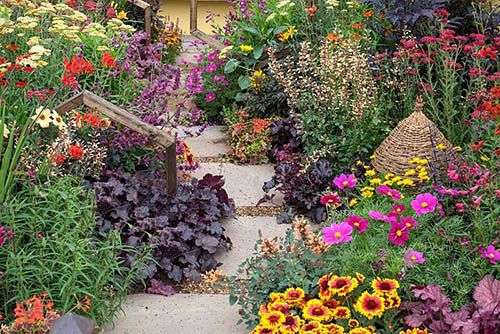

Description
The perennial belongs to the Aster family.The places of growth in nature are different, up to the sides of the roads, since it is unpretentious to the ground. It grows almost everywhere in the Russian Federation and Central Asia, less often in Western Europe.
Yarrow is a perennial 20-100 cm high with a bitter taste and a peculiar aroma.
The rhizome is thick and branched, with many thin roots. Stem with alternate medium-sized sessile and large basal leaves. The flowering period is in June and, depending on the type of plant, lasts until September.
The plant has few shoots with leaves up to 15 cm long and 0.5-3 cm wide. Flowers are medium-sized, folded into small inflorescences. The fruit is achene.
Yarrow in landscape design
Fertilizer... The plant does not require constant feeding, it is enough to fertilize the soil once a year in spring and this will be enough until the next season. Yarrow does not like organic fertilizers.
Wintering... It hibernates without shelter, like its wild relatives. Sometimes it is recommended to cover young plants planted in autumn with leaves that have not yet formed a powerful rhizome.
Reproduction... Propagated by purchased seeds or by dividing the rhizome.
Hybrid beautifully flowering varieties are not propagated by seeds. Sowing is carried out in the spring or before winter. The seeds are very small, so they are sown without embedding or sprinkled with a thin layer of earth. For sowing, it is better to take soil with a fine-grained structure and mix it with coarse river sand 1: 1. Dive into separate cups carefully, the roots are delicate and thin. After the appearance of three to four pairs of leaves, the plant can be transplanted to a permanent place according to the scheme 25 x60 cm, taking care not to damage the delicate young roots.
It is very easy to propagate yarrow by dividing the bushes. In spring or autumn, adult bushes dig up and divide the overgrown rhizomes. In one place, the yarrow grows for 5-6 years. After this time, the curtain of the plant is strongly compacted and it does not have enough space for full development. The old bush is completely dug out of the ground and with a sharp knife young shoots with a good root system are cut off from it and planted in a new place.


Garden yarrow
Yarrow ptarmica is the most common in gardens among the numerous representatives of this plant species. Especially known to amateurs - flower growers, its terry variety, which has the name "Pearl" or Pearl.
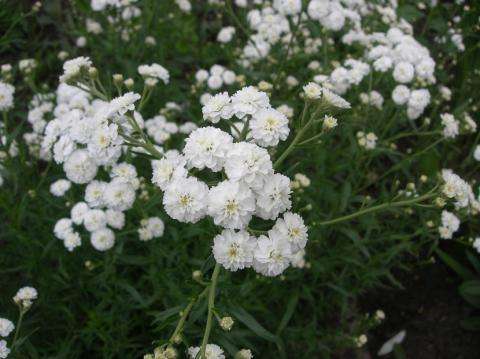

It is a perennial bushy plant, up to 80 cm high, with erect or curved stems in their lower part. The flowers are double, white with a pearlescent tint, spherical, a little more than 1 cm in size, and there are so many of them that in the midst of flowering the bush looks like a snow-white cloud.
Flowering is very long - it begins in June and lasts up to 60 days. So that the bush does not lose its decorative effect, it is necessary to cut off the fading inflorescences in a timely manner.
Pearl mussel is a very unpretentious plant. It grows better in lighted areas, but can also tolerate weak partial shade. The soil should be fertile, with a high lime content. The plant is responsive to fertilizing before, during and after flowering. Watering is especially necessary in dry summers. Unlike this plant, a person needs a constant supply of fresh air. How to make this in a country house, see here.
A feature is the increased spread of the bush in different directions with the help of sprawling rhizomes.
In a year, the growth is more than 20 cm. Over time, the middle of the bush becomes sparse, which does not look very beautiful. Ptarmica propagates by dividing the bush, which is carried out every three years in spring or autumn. In summer, propagation by cuttings of the stems is possible.
Dangerous diseases and insect pests
We have already mentioned that pearl mussel is not a problem plant, it almost does not get sick, it is not pestered by pests, but the proximity to other plantations can provoke both. Plant disease is treated in a cardinal way, that is, by removing infected specimens from the site.But if it is a pity to remove it, then try applying fungicides for fungal diseases, or spraying with solutions that repel harmful insects. The most effective of them are: a solution of ammonia, a decoction of garlic, an infusion of tomato and potato tops.
Pearl oyster rarely gets sick
Yarrow: cultivation, reproduction, use in garden design, medicinal properties
In the fall, the stems are cut to about 10 cm above the soil. The plant is winter-hardy and does not need shelter from frost.
If you cut the pearl oyster during the period of full blooming of flowers, hang it with inflorescences down in a ventilated dark room, you will get a wonderful material for creating winter bouquets.
Other varieties of yarrow that have won considerable popularity among flower growers include Cerise Queen varieties "The Cherry Queen" with a rich, namely royal, cherry color of inflorescences and Red Velvet "Red Velvet", which has ripe cherry flowers, and the color does not fade and remains so until the end of flowering.
Of the yellow flowers, varieties belonging to the species of meadowsweet can be called. This is Coronation Gold - "Crowned with gold" has inflorescences up to 12-15 cm in diameter and Altgold - "Old gold", which has flowers with the color of the old, with a shade of copper gold.
All yarrows are beautiful in joint plantings with other flowers in flower beds, mixborders. Flowers are also used for cutting into bouquets. Yarrows organically fit into the nature of Russia that surrounds us. Therefore, they are very well suited for organizing natural landscapes of personal plots.
And at the end I would like to tell you about one more remarkable property of yarrow. It turns out that their presence on the site creates a very favorable atmosphere, which is highly valued in the flora. This was due to the ability of the yarrow to actively extract sulfur from the soil, which in turn is absorbed by the growing nearby plants and contributes to their better development.
Yarrow in landscape design
Perennial and ground cover plants. Yarrow
| Yarrow |
LATIN NAME: Achillea millefolium
DESCRIPTION: It grows wildly in the European part of Russia, in the Caucasus, in Western and Eastern Siberia, in the Far East, in Western Europe. The plant is perennial. Stems are straight, 70-80 cm tall, form a loose bush. The leaves are arranged in regular order, twice or three times pinnately dissected with numerous lanceolate segments, the lower ones are on petioles, the upper ones are sessile, with a peculiar smell when rubbed. Baskets up to 0.7 cm in diameter are collected in dense corymbose inflorescences. The leaflets of the envelope are oblong with a brown, scarious edge. The ligulate flowers are white, pink or purple, the tubular ones are yellow. Blooms from July 40-45 days. Bears fruit. In culture until 1440.
MAIN TYPES AND VARIETIES:
"Cherry Queen"(‘Cerise Queen’)... It retains its cherry-red color quite well, small, but numerous inflorescences only fade slightly with aging. Grows in hot, dry, sunny areas and poor soils. Requires frequent division
| Yarrow common "Cherry Queen" (‘Cerise Queen’). |
"White pearls" - bright white flowers with a yellow center are collected in dense brushes.
| Yarrow"White pearls" |
It has many varieties. Below are the most worthy and the most recent. Their height, as a rule, ranges from 60 to 80 cm. German 'Cherry queen' 'Kirschkonigin' differs in inconstancy. Shades of its inflorescences range from cherry-red to purple-pink.
Stinging dark cherry-red marginal flowers ‘Paprika’, unfortunately fade over time, cooled by a tiny yellow center. ‘Red Velvet’ ripe cherry color retains its color until the end. This is one of the last varieties and the best of the reds. Color ‘Walther Funche’ is such that it can be placed on the table instead of salmon caviar. 'Great Expectations' flaunts bright yellow inflorescences, and pale lemon yellow - undersized (40 cm) 'Marie Ann'... Rare brown-orange shades - ‘Terracota’, as they age, turn yellow to gold. Have 'Lilac Beauty' beautiful delicate lilac, like the classic "grandmother's" lilac color. If you plant in the garden 'Summerwine', then you will find out that "summer wine" is a dense raspberry color. The variety has gray-green leaves with a woolly texture. 'Summer Pastels' conquers with soft pastels of pink and orange. Shades of pink flowers on compact, up to half a meter high, bushes ‘Pretty Belinda’ range from pale to dark. Using the fast growing ‘Appleblossom’ with white-pink flowers, you can create a low (up to 40 cm), blooming almost all summer "apple orchard", but more often divide and plant the curtain. And finally, beautiful ‘White Beauty’, how without him in the white garden.
| Yarrow | Yarrow ‘Paprika’. |
| Yarrow ‘Terracota’ | Yarrow ‘Appleblossom’. |
| Optimal growing conditions (location, soil, winter hardiness): | Location: |
| Loves open, sunny places. | |
| The soil: | |
| They are unpretentious to the soil, grow better on nutritious, slightly moisturized ones, containing lime. | |
| Winter hardiness: | |
| This species is quite frost-hardy in the middle lane and does not require shelter for the winter. | |
| Features of agricultural technology (landing and leaving): | Care: |
| They respond well to fertilizers and feeding. Yarrow in dry hot weather needs watering. So that there is no need to tie up plants, plant them in the sun, it will be their main support. After 3 - 4 years, the yarrows can be divided and planted. The main and, perhaps, the only, but serious disadvantage, for which some gardeners even expel the yarrow from the garden, is its tendency to aggressively seize territory and weed self-seeding. In order not to catch seedlings throughout the garden, try to remove wilted inflorescences in a timely manner. | |
| Reproduction: | |
| Basically by dividing the bush, which must be done every 2-3 years. Can be propagated by green cuttings in summer. Seed propagation is rarely used. Reproduction of the yarrow, which is capable of quickly reclaiming a place in the sun without our help, is unlikely to cause difficulties for anyone. Separate from the plant either part of the bush or part of the rhizome, stick it into the soil, water - that's all the wisdom. To maintain varietal characteristics, try to avoid self-seeding. You can divide the bushes both in spring and autumn. Terry seed varieties do not form. | |
| Usage and partners: | Using |
| For group planting, mixborders and cutting. Some undemanding yarrow species can be successfully used to fill in areas around the rock garden where other plants do not take root. | |
| The main pests and diseases, means of control: | Resistant to diseases and pests. |
For all questions of landscape design, gardening and improvement, you can consult with our managers by phone: (495) 517-01-63,
Yarrow
Compact straight bush with leafy stems up to 100cm tall. Leaves are small, whole, linear-lanceolate, sessile, with a serrate edge, arranged in the next order. Baskets up to 1.5 cm in diameter, collected in loose, corymbose inflorescences. Wraps are hemispherical, three-row, broadly lanceolate leaflets with a brown filmy edge. Reed flowers are pearl-white. Blooms from July 30-35 days. Bears fruit. The fruit is a wedge-shaped achene slightly compressed from the sides. In culture since 1542. It was once the most popular yarrow in our gardens, although not everyone guessed about its belonging to this glorious family. If the summer is dry and sunny, then the bushes rise squat and dense, if it rains - ankle-toed in one stem.
| Yarrow ptarmica, or sneeze herb. |
MAIN TYPES AND VARIETIES:
Has a terry variety (var. flore pleno hort.) and decorative varieties, for example: ‘Pearl’ (‘The Peri’) - plant up to 75 cm tall (see photo), known as "Pearl"... Baskets up to 2 cm in diameter, terry. The flowers are white. Blooms from June 60 days. Bears fruit. Two more varieties are similar to it: abundant ‘Boule de Neige’ (‘Schneeball’) height 45 - 60 cm and higher, 80-100 cm, ‘Perry’s White’. Double flowers and medium-sized (50 -60 cm) varieties 'Perle Blaupunkt' and 'Balerina', which, like all ballerinas, unfortunately, quickly leaves the stage, aging, the flowers acquire an unsympathetic dirty gray color. But something new in the color and appearance of the varieties finally dawned. Have ‘Stephanie Cohen’ - the inflorescences are no longer terry, but simple and not white, but lilac.
| Optimal growing conditions (location, soil, winter hardiness): | Location: |
| Loves open, sunny places. | |
| The soil: | |
| They are unpretentious to the soil, grow better on nutritious, slightly moisturized ones, containing lime. | |
| Winter hardiness: | |
| This species is quite frost-hardy in the middle lane and does not require shelter for the winter. | |
| Features of agricultural technology (landing and leaving): | Care: |
| They respond well to fertilizers and feeding. Yarrow ptarmica in dry hot weather needs watering. So that there is no need to tie up plants, plant them in the sun, it will be their main support. After 3 - 4 years, the yarrows can be divided and planted. | |
| Reproduction: | |
| Basically by dividing the bush, which must be done every 2-3 years. Can be propagated by green cuttings in summer. Seed propagation is rarely used. Separate from the plant either part of the bush or part of the rhizome, stick it into the soil, water - that's all the wisdom. To maintain varietal characteristics, try to avoid self-seeding. You can divide the bushes both in spring and autumn. Terry seed varieties do not form. | |
| Usage and partners: | Using |
| For group planting, mixborders and cutting. Some undemanding yarrow species can be successfully used to fill in areas around the rock garden where other plants do not take root. | |
| The main pests and diseases, means of control: | Resistant to diseases and pests. |
For all questions of landscape design, gardening and improvement, you can consult with our managers by phone: (495) 517-01-63,

